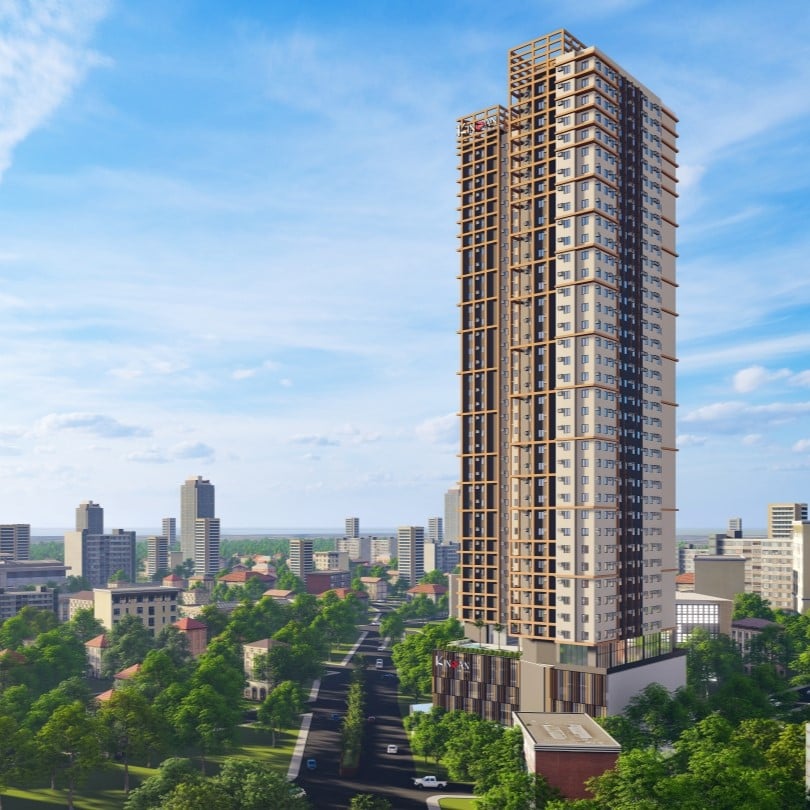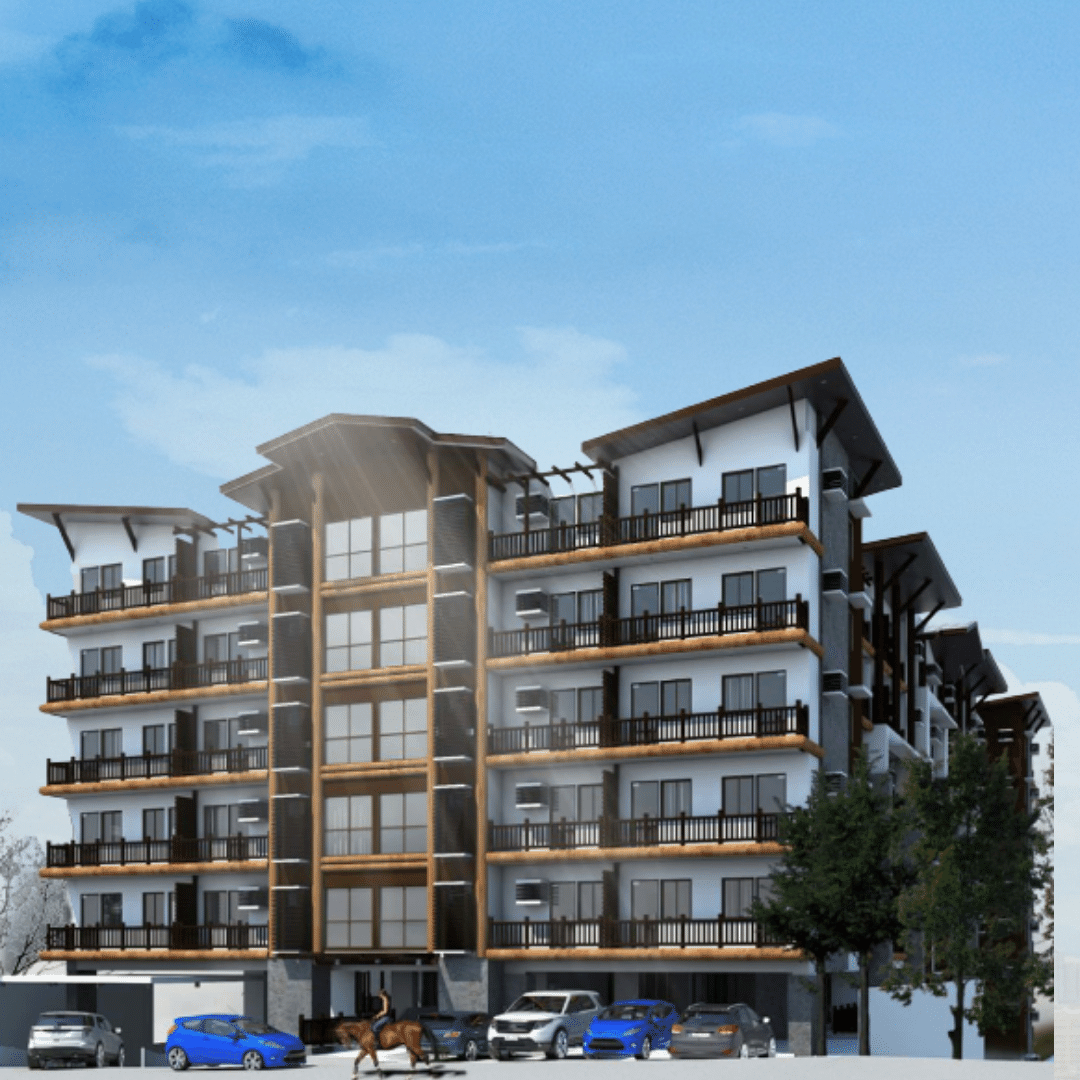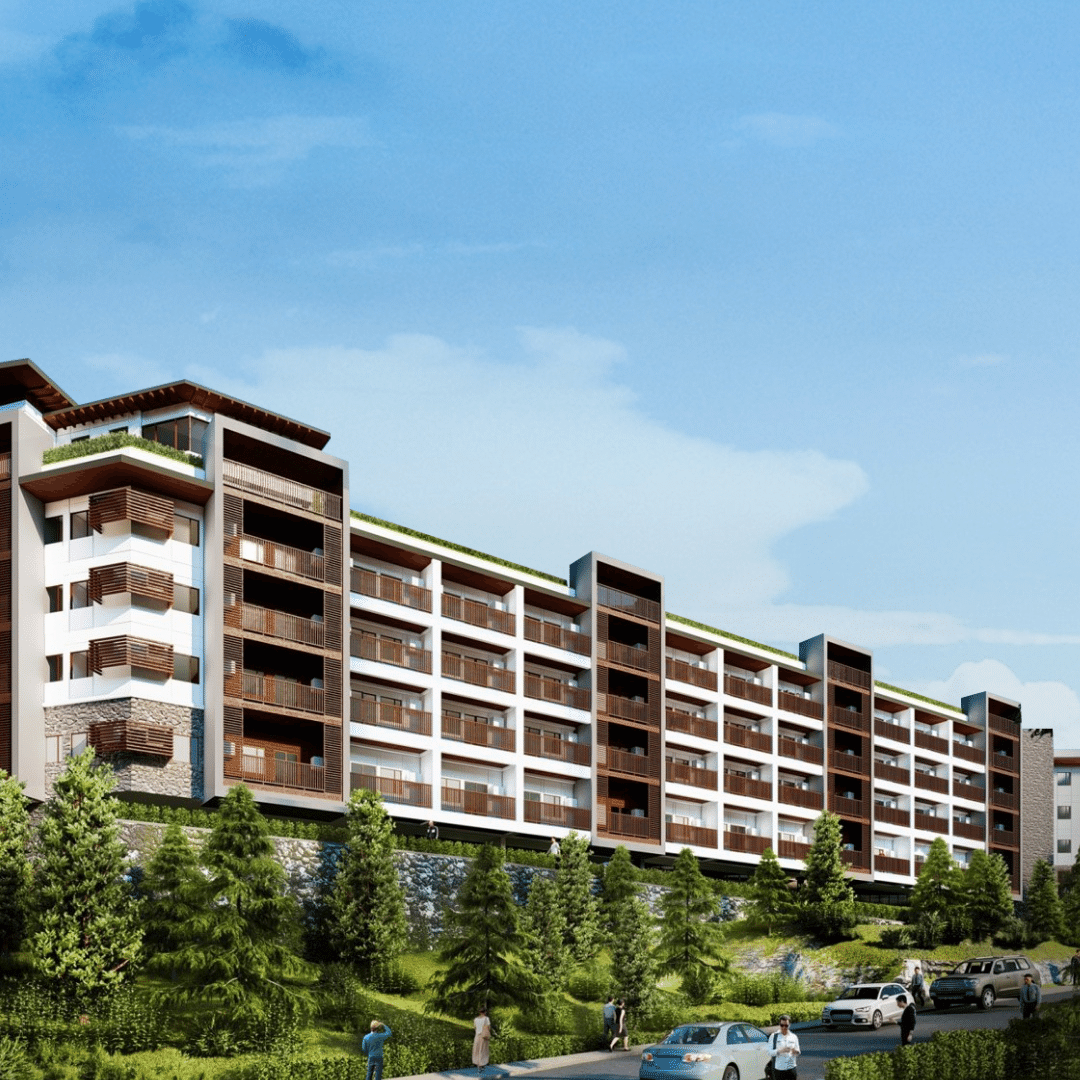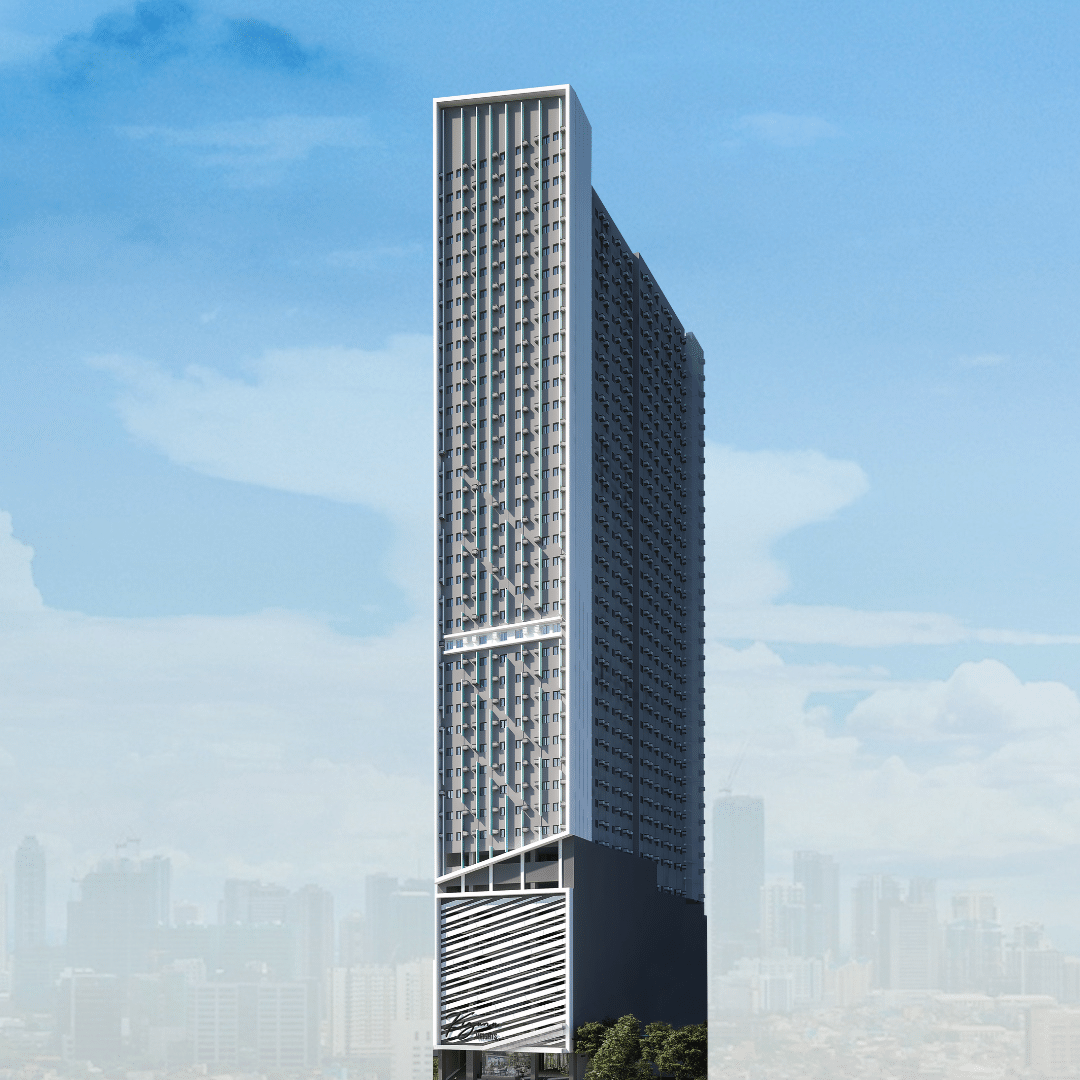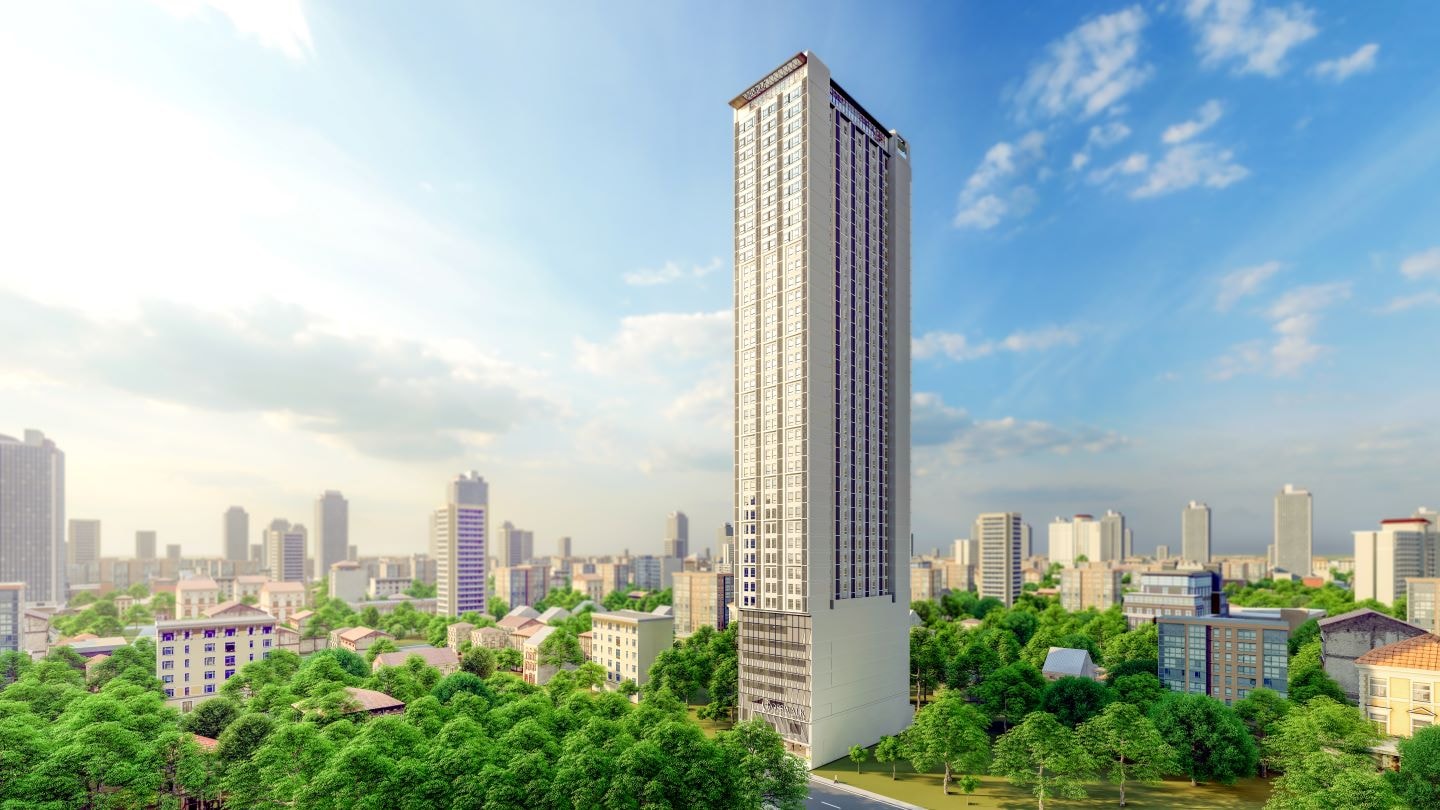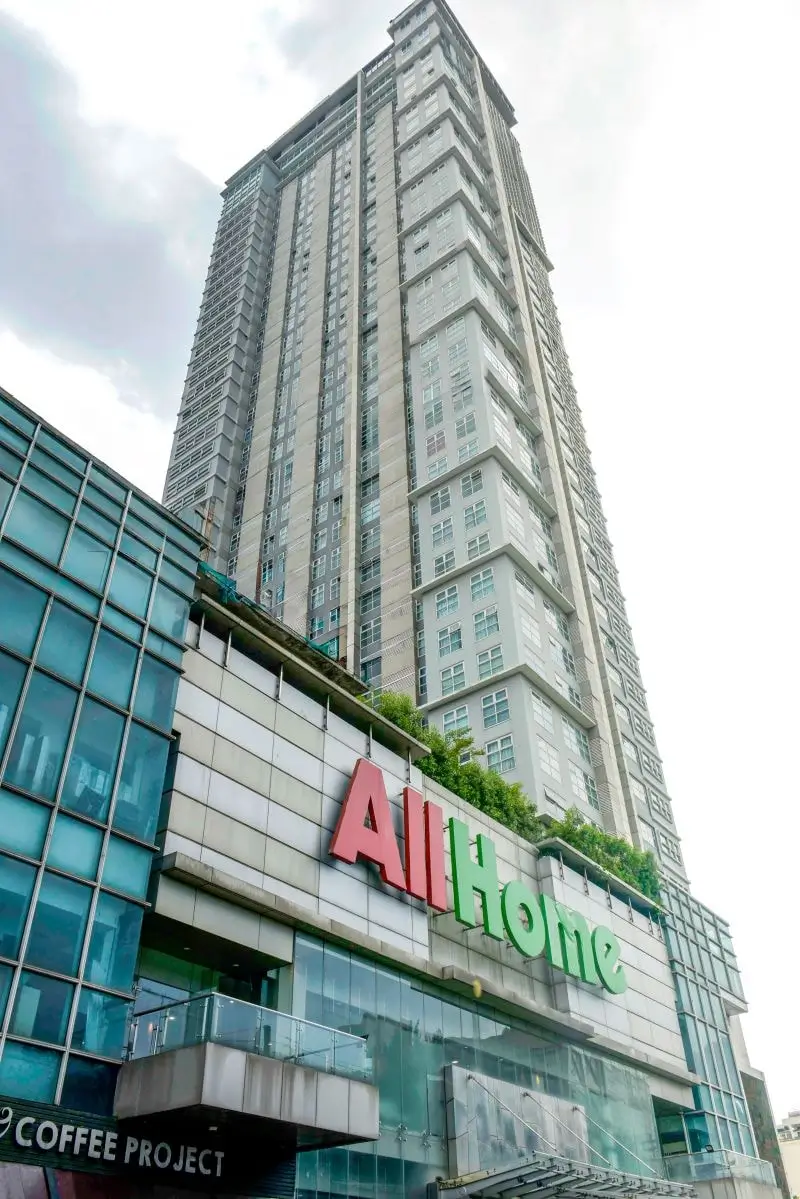Despite the continuing decline in the number of COVID-19 infections, the Department of Health on Saturday, Feb 19, 2022 - appeared not inclined yet to favor a shift to Alert Level 1 in Metro Manila as proposed by the business sector.
DOH Undersecretary Maria Rosario Vergeire said that the average daily attack rate (ADAR) at the National Capital Region remained high at 10.5, while the COVID-19 case trend remained at moderate risk. ADAR is the average number of new COVID-19 infections per 100,000 individuals.
For the entire Philippines to de-escalate to the most lenient Alert Level 1, the case trend should be minimal to low risk. This also means that healthcare utilization or usage of hospitals should also be at low risk.
On top of these, vaccination in all regions should be over 70 percent among the target population, and safety standards must be observed.
The country recently registered 3,788 new COVID-19 cases, driving the overall caseload to 3,630,637. A group of doctors warned against drastically shifting to the more lenient alert level status, saying that COVID-19 cases may rise again if people become complacent.
Dr. Maricar Limpin, president of the Philippine College of Physicians, said hospitals have been seeing a decreased number of COVID-19 patients but noted that the number of active cases is possibly “underestimated” because some people don’t get themselves tested.
At-home Inoculations
The government will ramp up its third national vaccination drive, which will include at-home inoculations against COVID-19 to more people so that the country could move closer to Alert Level 1, Health Undersecretary Maria Rosario Vergeire said on Saturday.
A high vaccination rate was one of the conditions set by the government prior to a declaration of Alert Level 1, the most relaxed pandemic restriction, which would be considered the “new normal,” according to Vergeire.
This means a vaccination rate of more than 70 percent of the targeted individuals in all regions, “The government is preparing for us to transition into this ‘new normal’ that we call. So, our countrymen need to have the same mindset,”
Secretary Carlito Galvez Jr. The chief implementer of the National Task Force Against (IATF Protocols) COVID-19, last month said the administration was aiming to fully vaccinate 90 million of the country’s 110 million population before President Rodrigo Duterte steps down on June 30.
60 million fully vaxxed. According to the Department of Health (DOH), 60,004,959 individuals have been fully vaccinated as of Feb. 7.
Government statistics monitored by the Inquirer show that 68.65 percent of the nearly 14 million population of Metro Manila have been fully vaccinated and 17.68 percent have received their booster shot as of Feb. 1.
The mass vaccination campaign reached another 1.3 million individuals nationwide. This is way below the target of 5 million and so the drive will continue daily.
In addition to higher vaccination rates, there should also be minimal to low-risk case trends. This means the average daily attack rate (Adar) should be less than 7, plus a “low risk” healthcare utilization rate of less than 50 percent of intensive care units, isolation and ward beds, and mechanical ventilators.
Private and public spaces must be able to adhere to safety protocols, but what is more important in shifting to a new normal is for people to practice self-regulation, making it part of their habit to always adhere to minimum public health standards.
Metro Manila and the provinces of Batanes, Bulacan, Cavite, Rizal, Biliran, Southern Leyte, and Basilan had been placed under alert level 2 until Feb. Case trends in the capital region classified it as a “moderate risk” area, even though its hospitals are not full of COVID-19 patients. In addition, its Adar is 10.5.
The DOH also wants to see establishments and workspaces comply with safety protocols, adding that the Safety Seal would be an important gauge in determining if restrictions could be eased in Metro Manila.
The Safety Seal, issued by the government, attests to an establishment’s strong adherence to health measures.
All the 17 mayors across Metro Manila (also known as the National Capital Region, or NCR) were ready for a lowering of the alert level.
He said in an interview with dzMM “Teleradyo” that the MMDA was “always prepared for any kind of declaration.”
Based on their monitoring of the current state of restrictions, various establishments across Metro Manila had been “strictly enforcing” minimum health protocols, such as physical distancing and masking.
In a separate interview with dzBB radio, Artes said the MMDA and the secretariat of the Metro Manila Commission (MMC) had been “getting the consensus” of all the region’s mayors on whether they wanted to retain the current alert level status or to lower it.
The MMC is the governing board and policy-making body of MMDA made up of all the 17 mayors in Metro Manila. It approves all metro-wide plans and rules and regulations.
No rush
It is currently chaired by Parañaque City Mayor Edwin Olivarez.
Dr. Maricar Limpin, president of the Philippine College of Physicians, said the government should not rush into lowering the alert level before all the important health data showed that it would be safe, particularly the vaccination rate and the positivity rate—the number of people found positive for the coronavirus in tests—which was 14.3 percent on Saturday.
As Vergeire indicated, the vaccination rate should be at least over 70 percent, but Limpin said this should be for all qualified age groups, including children 5 to 11 years old. The number of booster doses also should be considered, she added.
“Hopefully, before we shift to alert level 1, we must first contain the number of cases we have been recording the past days ranging from 3,000 to 4,000, which are still high,” Limpin told the Inquirer by phone.
‘Slow down’
The authorities should “slow down” in deciding to ease restrictions.
“There is nothing to lose if we would be discerning first with our current situation,” Limpin said.
Metro Manila mayors may recommend relaxing restrictions because of their election campaign plans. “Our safety is far more important here,” Limpin said.
Campaigns for local posts begin on March 25.
“Now, if we are thinking about the economy, maybe it would be best for all of us to hold our horses before we shift to alert level 1, and we should take into consideration the data we have,” Limpin said.
If you are thinking of moving into a new condominium, check out Vista Residences!
Vista Residences is the condominium arm of the country’s largest homebuilder, Vista Land & Lifescapes, Inc. that offers ready for occupancy and pre-selling condominium projects in Manila, Makati, Mandaluyong, Quezon City, Ortigas, Baguio, Cebu, and CDO that are strategically located within major cities, in close proximity to premium universities, transit-oriented locations, and developed business districts.
For more information on Vista Residences, email [email protected], follow @VistaResidencesOfficial on Facebook, Twitter, Instagram, and YouTube, or call the Marketing Office at 0999 886 4262 / 0917 582 5167.

